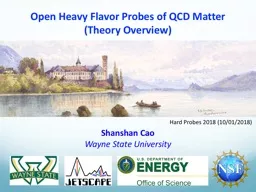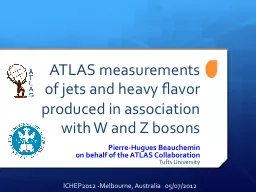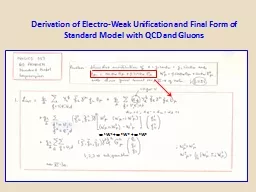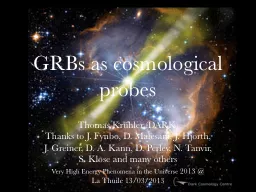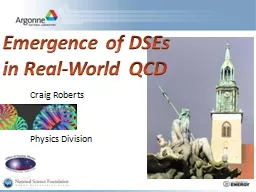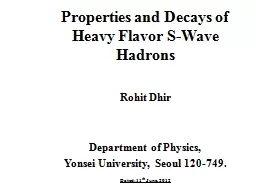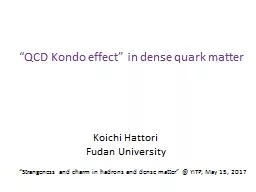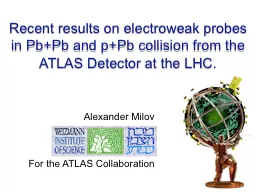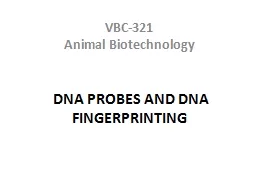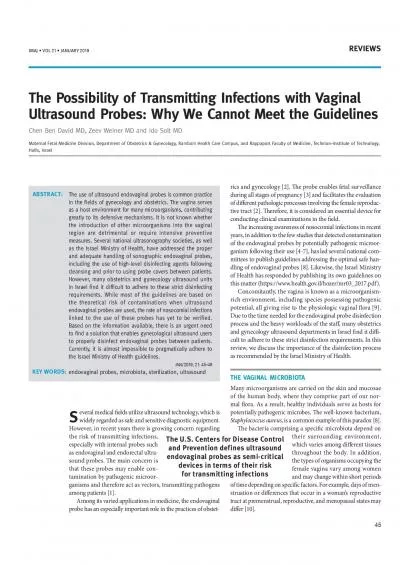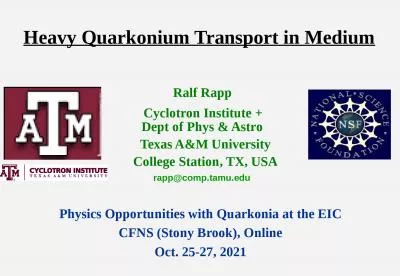PPT-Open Heavy Flavor Probes of QCD Matter
Author : dudeja | Published Date : 2020-07-01
Theory Overview Hard Probes 2018 10012018 Shanshan Cao Wayne State University Outline 1 Overview of heavy quark theoriesmodels at different momentum scales Multiscale
Presentation Embed Code
Download Presentation
Download Presentation The PPT/PDF document "Open Heavy Flavor Probes of QCD Matter" is the property of its rightful owner. Permission is granted to download and print the materials on this website for personal, non-commercial use only, and to display it on your personal computer provided you do not modify the materials and that you retain all copyright notices contained in the materials. By downloading content from our website, you accept the terms of this agreement.
Open Heavy Flavor Probes of QCD Matter: Transcript
Download Rules Of Document
"Open Heavy Flavor Probes of QCD Matter"The content belongs to its owner. You may download and print it for personal use, without modification, and keep all copyright notices. By downloading, you agree to these terms.
Related Documents

